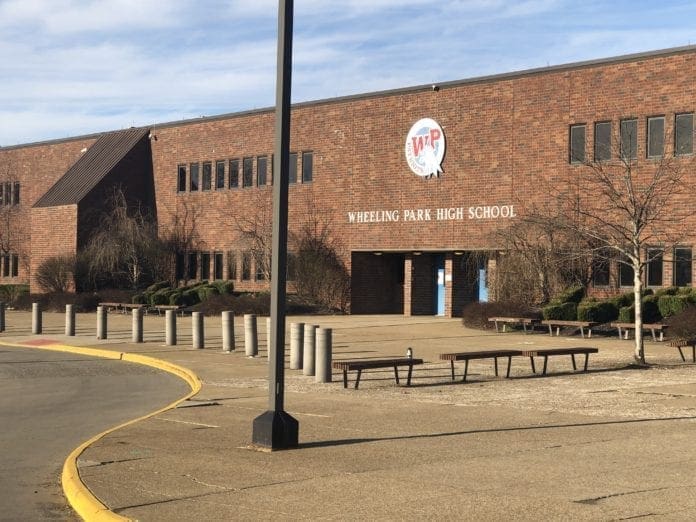Ohio County Superintendent Dr. Kim Miller confirmed Wednesday that she and the school system’s administrators are preparing to offer both in-class and virtual education platforms when the academic year begins on September 8.
Miller explained that when an online survey was circulated a month ago, about 10 percent of parents were choosing for their children to be educated virtually. However, with recent, local spikes in positive tests for COVID-19, she and Assistant Superintendent Rick Jones agreed that the amount could grow to 30 or 40 percent.
“And that is right now and not two weeks from now,” Miller said. “There are so many questions right now that have no answers. That’s the most frustrating part. We’re planning for everything instead of just planning to get our schools open for the start of a new year.
“No one can disagree what’s best for the learning process, and that is for our kids to be in the classroom with their teachers,” she said. “And our teachers miss their students and the students miss their teachers, and they haven’t seen each other since the middle of March.”

Virtually Enhanced
Soon after the pandemic closed all schools in West Virginia in mid-March, Ohio County Schools launched online and packet-based education programs for more than 5,000 students, and Miller reported that only 10 percent of involved families requested the packets.
Whether or not that represents areas where broadband is not available isn’t stopping the administrators to investigate ways to elevate online access issues.
“We have been studying ways that we can eliminate that issue for our kids,” Dr. Miller said. “We know the areas in Ohio County where access is an issue and we’re looking into establishing hot spots in those communities. We don’t know how this is going to progress at this point, so we’re covering all the bases.
“We’ve had employees and students who have tested positive this summer, and that’s why we had to put some new rules out there for everyone that involves travel,” she said. “We’re just trying to keep everyone safe.”
If an in-class-vs.-virtual-learning survey of parents was taken today, Jones believes the percentage could be as high as 40 percent who would prefer online education.
“And it could be higher considering how this pandemic continues,” the assistant superintendent said. “But no matter what the scenario is, things will be different with the way our students learn whether it’s in the buildings at home.
“And, unlike the way last year ended, out students will be held accountable as far as their grades go,” Jones explained. “We are planning for both, and we’re looking at the rotation of school days and home days, but I really don’t think any final decisions can be made until August.”


